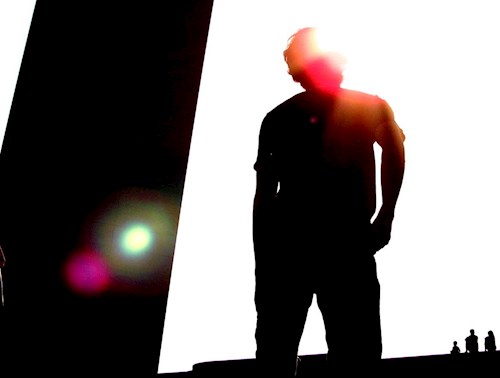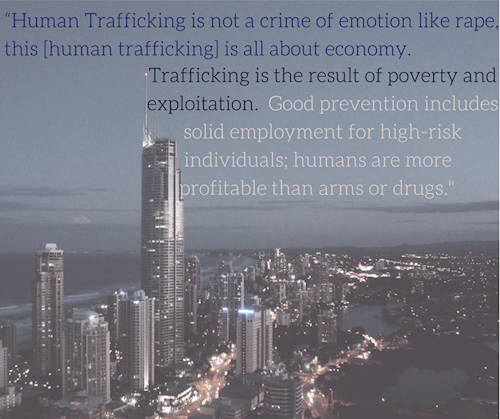Insider Anti-Trafficking Information
August 27, 2015
Christy Apisa
Story
�
Empowerment,
Child Labor
What you are about to read will not self-destruct automatically, but the change it may have on your perceptions and knowledge of the world is uncontrollable.
The name of my source has been changed for the protection of the individual and the preservation of their work and efforts to end trafficking.
It was through several connections that I was put in contact with Sebastian. While I had read extensively on the subject of human trafficking, there was still a cloud of distance that pervaded my knowledge. From factual content to statistics to survivor stories, the understanding was there, but I had yet to hear from someone that was acting as a contemporary abolitionist (let alone talk to someone about trafficking first-hand). So with this (slightly daunting) opportunity awaiting me, I began with general questions and concluded with questions on what we can do for the future.

Q: What are the most foundational facts that should be known about human trafficking?
A: “Human trafficking is not a crime of emotion like rape; this [human trafficking] is all about economy. Trafficking is the result of poverty and exploitation. Good prevention includes solid employment for high-risk individuals; humans are more profitable than arms or drugs.” He went on to explain that as a society, we depend on the emotion to raise awareness, but action is needed for change.
Q: How did you get started in anti-trafficking work?
A: “I was in [another country]…and I went into the part of the city that I wasn’t supposed to go, and I saw children being sold on the street.” It was this experience that opened Sebastian’s eyes to the reality of slavery today.
Q: What are you currently working on?
A: “One of my current projects is to get forced gang membership redefined as trafficking as forced child soldiering.” When questioned about this topic, he explained that one of the most significant facets of trafficking is that of coercion. Coercion is also found in forced gang membership, where individuals are unable to escape the gang or never truly had a choice in their membership. Moreover, the legal ramifications are extensive when it comes to prosecuting both forced gang members (and really any trafficking survivor) – they tend to be criminalized rather than acknowledged as victims.
Q: In your experience with human trafficking, what is most effective and what is not?
A: “Most groups are curative, but preventative measures are the most effective. Also, legislation is not the most effective method since legislative interventions are designed with emotions in mind, but what is needed are jobs for the victims. Some clientele have worked at 11 different strip clubs and McDonalds – how do you word that [for a resume]?”
Thus, a two-pronged approach is needed wherein trafficked individuals have opportunities for growth and traffickers have options outside of exploiting people.
Q: There are a lot of numbers used for trafficking statistics, but there is a lot of debate over the accuracy of these figures. How reliable are the numbers in your experience?
A: “As a quantitative researcher, all numbers are bogus. There are only around 100 empirical researchers in the U.S.; about 25-30 do research for the United States government (mostly for the State Department), and the rest are with universities.” Many other statistics used are based upon formulas using either these statistics or figures from other sources.
Q: In your experience, about how long does it take to pull a trafficked individual out of their situation?
A: “Oh shoot, that can take generations to get out of that instability. The underworld has become their support system. The informal economy is all they know; so, it’s difficult to come out from under that.”
Q: So what is needed moving forward?
A: "Large-scale efforts aren’t as successful; teaching local groups and local efforts are the most effective. Also, using the term “John” for consumers of commercial sex is misleading as many females are consumers and are part of the problem as well. Lastly, education is needed for all involved, as many victims and survivors do not read."
Thus, if you can act on a local level, you can make a significant difference. Especially aiding in education, providing a stable job or being a part of the support system for a survivor.

Topics:
Empowerment,
Child Labor














